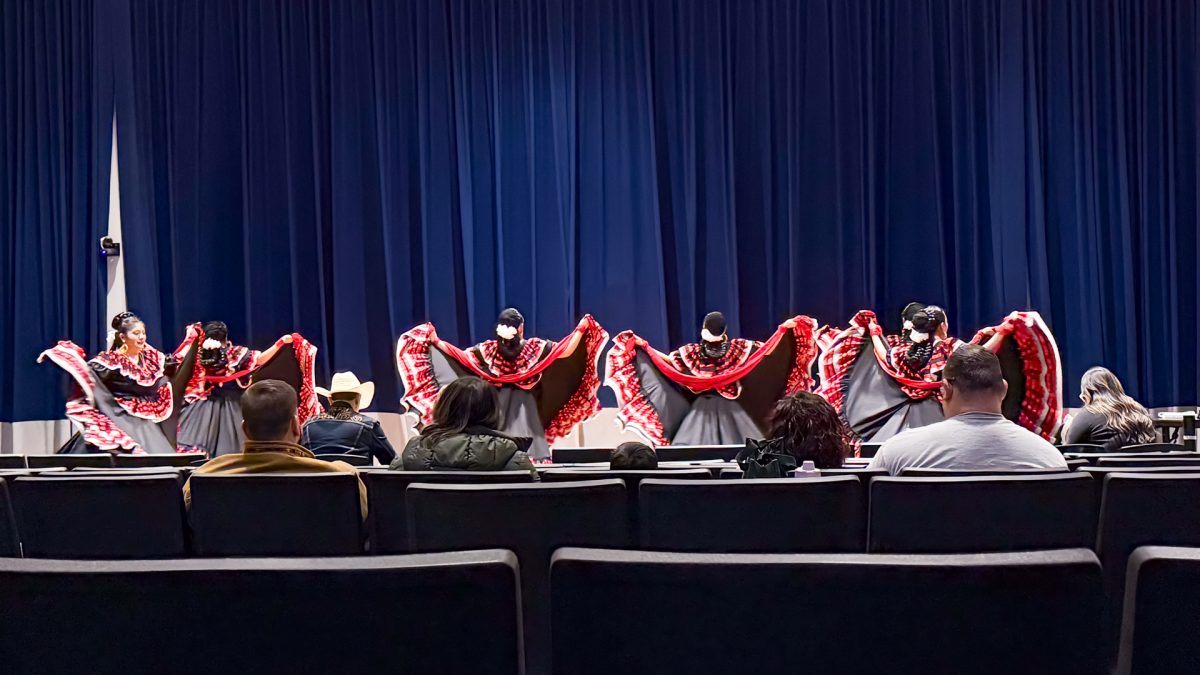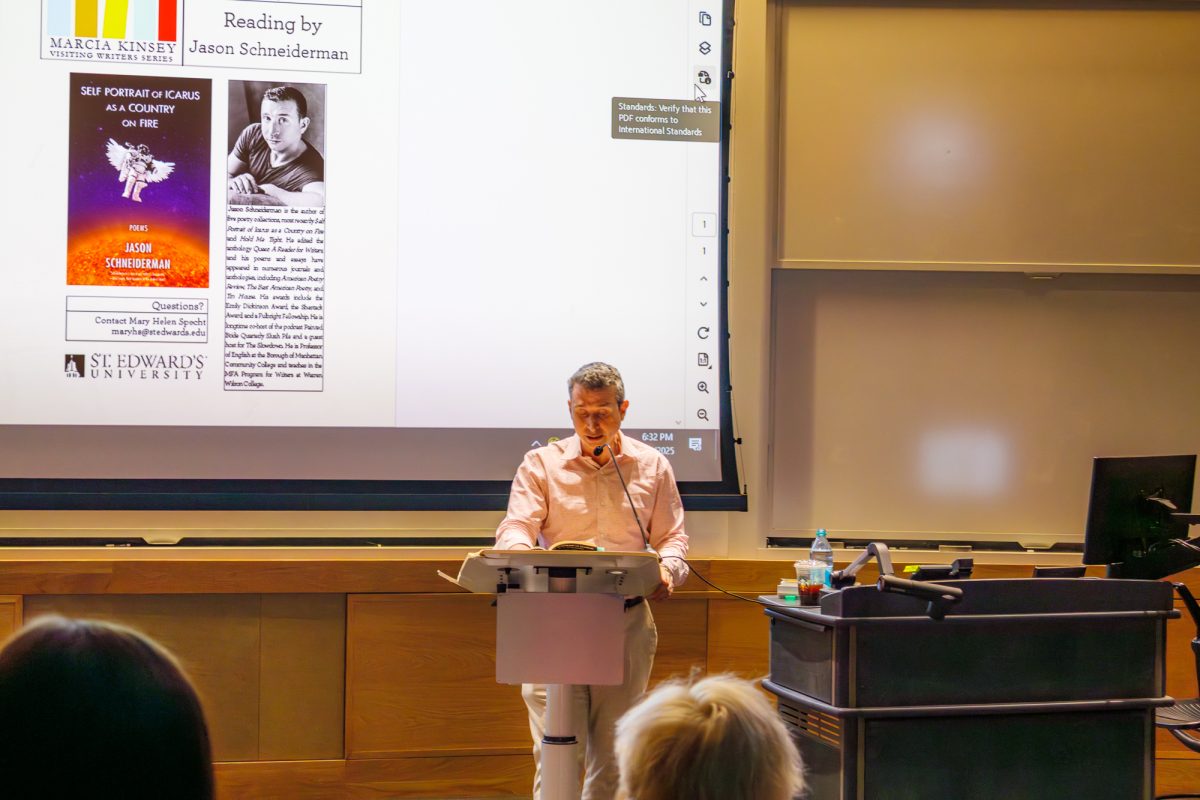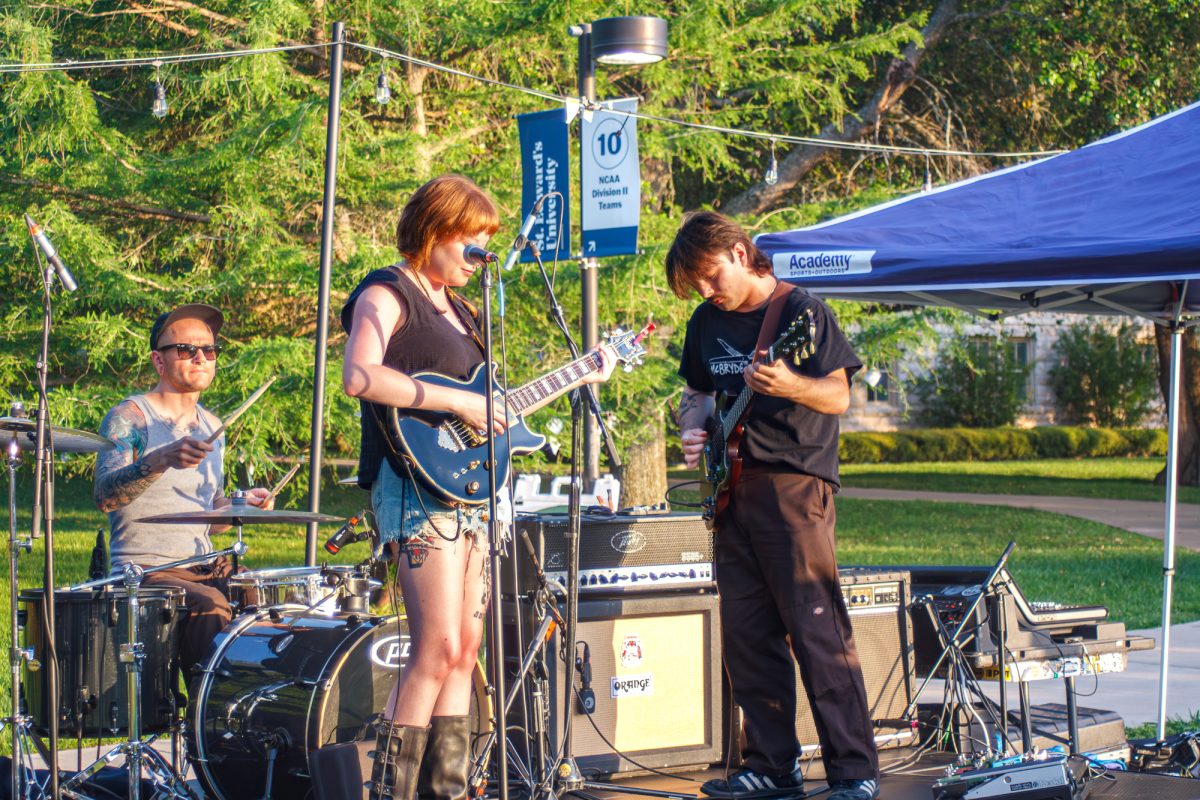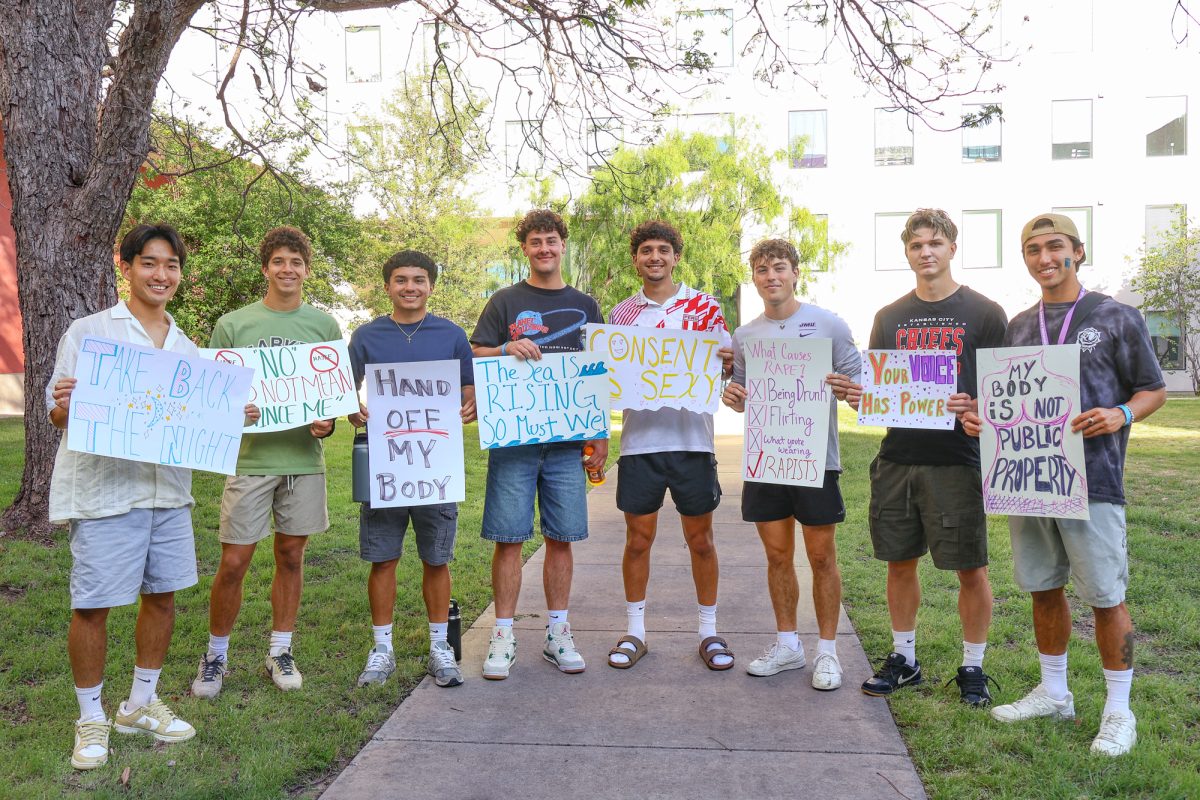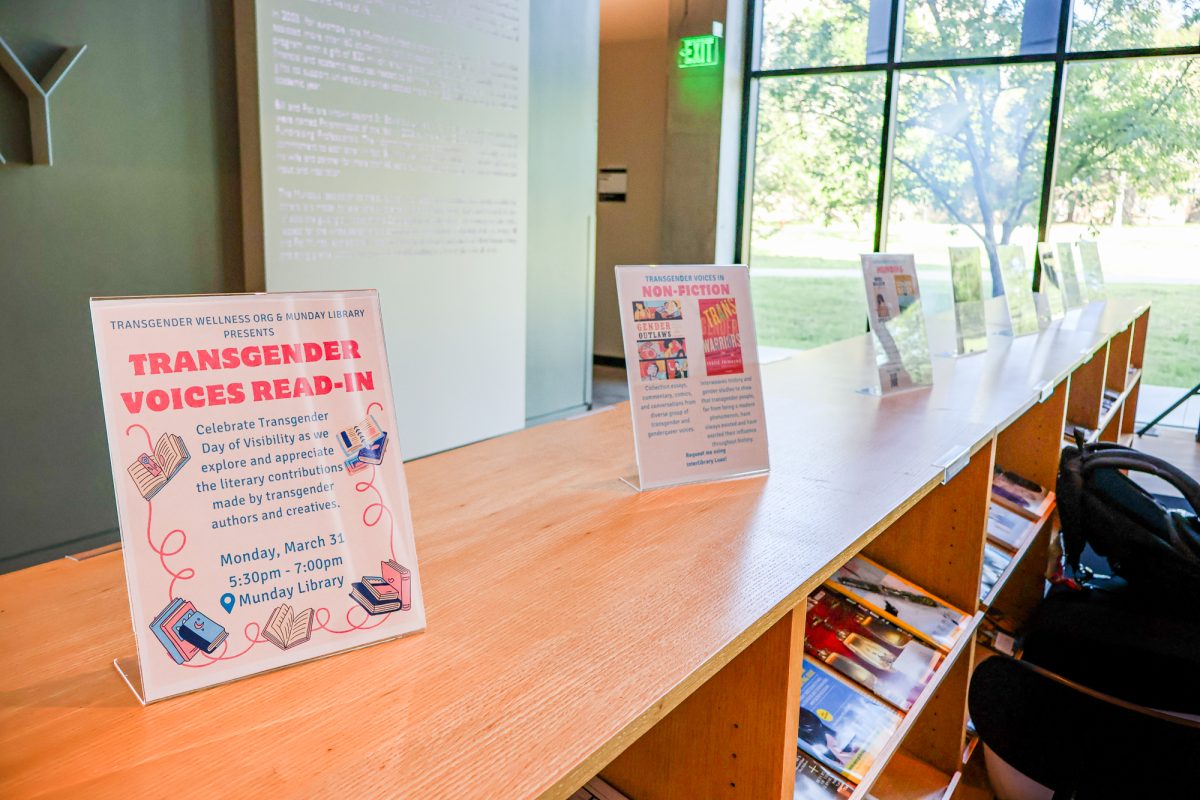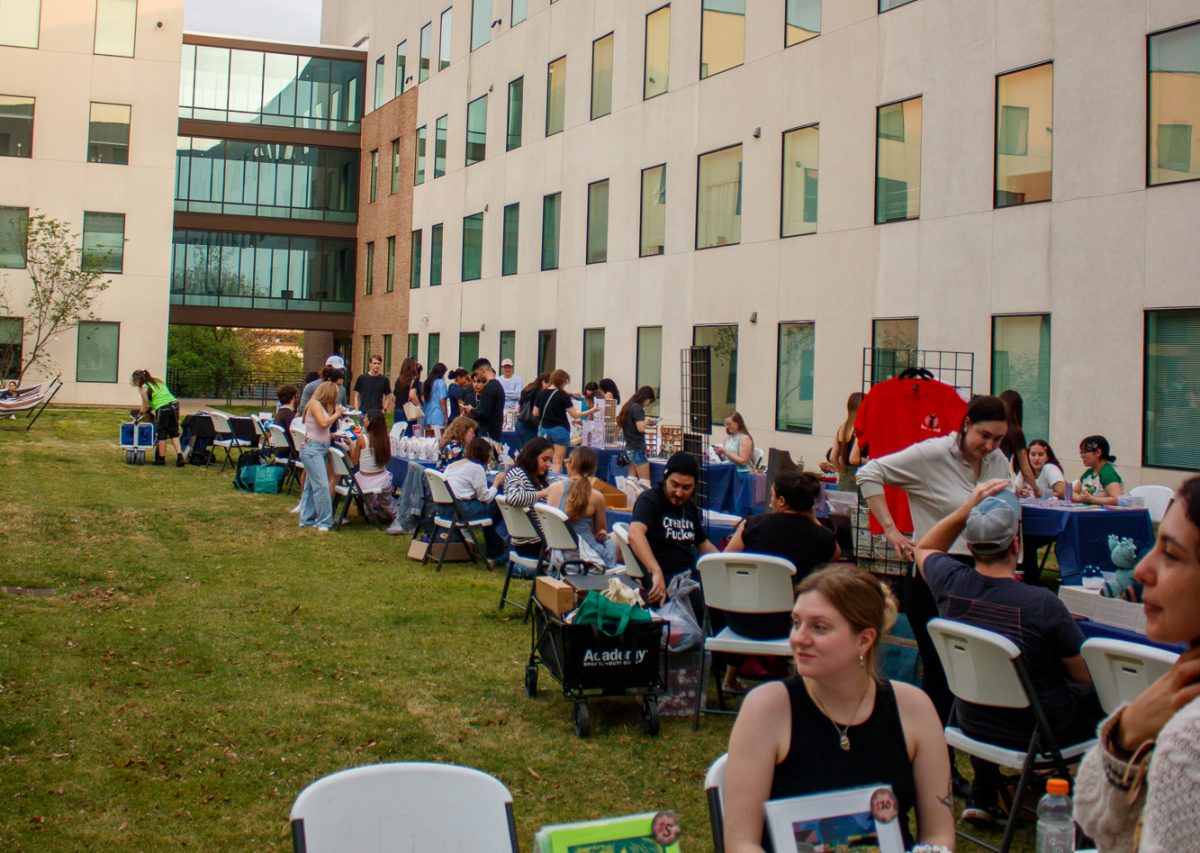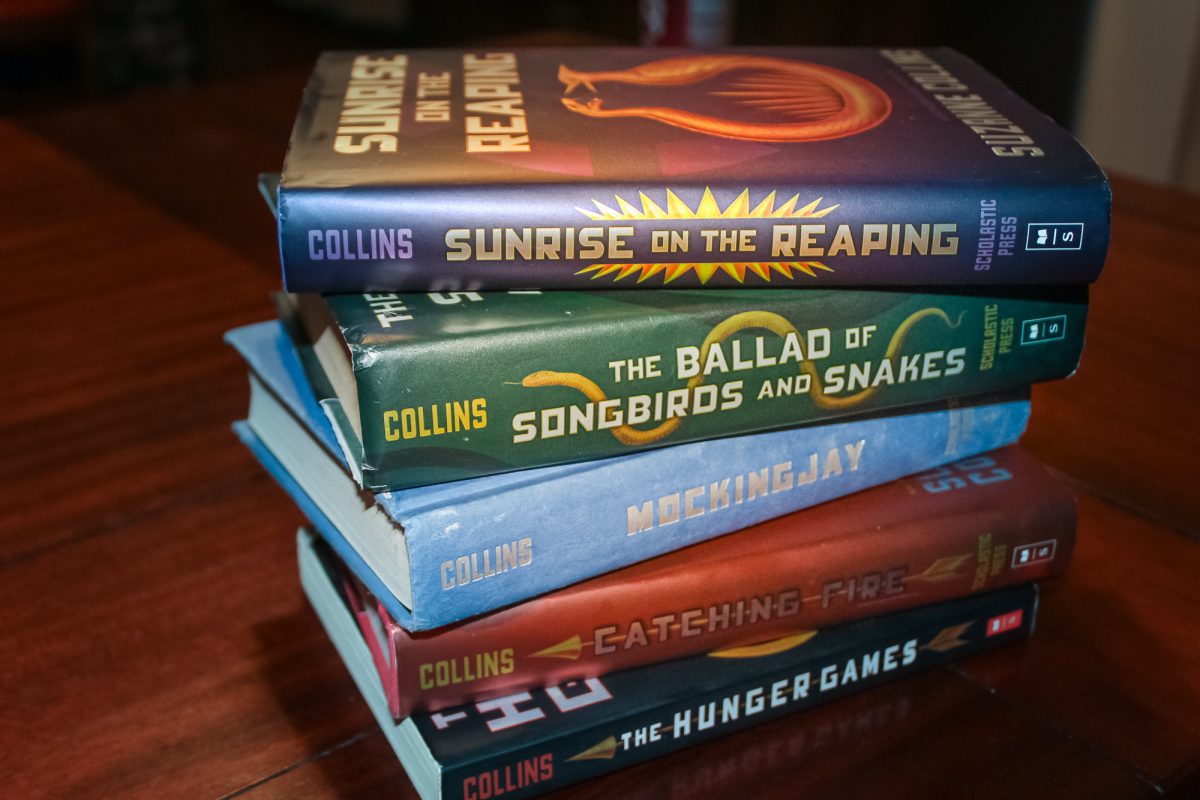St. Edward’s University collaborated with Roy Lozano’s Ballet Folklórico de Texas (RLBFT) to bring the Bailes De Mi Tierra Competition to the hilltop. The competition took place from Feb. 14 through 16 across campus, in Ragsdale Center’s Mabee Ballrooms A and B and Jones Auditorium, as well as the Alumni Gym. The College Assistant Migrant Problem (CAMP) hosted the event to promote Hispanic culture and the popular folk dancing at a Hispanic-serving institution.
“It’s the beginning of us recognizing that our Hispanic students represent certain parts of the world,” CAMP director, Rosalinda Valdez said. “We’re showing them that we recognize them, we see them, we appreciate them, we appreciate their culture and what they represent.”
Since 2024, RLBFT has organized this competition for student and professional dancers from as young as six years old, traveling from all over Texas and surrounding states to compete. The three-day competition spanned across campus with the solo, duet and trio showcases held in the Mabee Ballrooms. Competitors from 50 groups were judged on their technical ability, choreography and costume design. Ensembles and small groups danced in Jones Auditorium, and the largest groups and cuadros were held in the Alumni Gym. All age groups stepped up to perform simultaneously throughout the three days, ranging from preschoolers to teenagers to adult dancers.
Ballet Folklórico transcends just a form of entertainment: it is a traditional Mexican dance style with a strong cultural background. Rooted in Mexican culture since the Aztecs and Mayans, Ballet Folklórico is a style of dance with influences from traditional folk dance.
Traditionally, they would dance as a form of ceremony or ritual. Over time, factors such as colonization have changed the look and sound of Ballet Folklórico, but the strong message of symbolism remains. After Mexico gained independence from Spain, Ballet Folklórico became an outlet to express national and cultural pride, popularizing the folk dance in the nation. To this day, it is not only a form of expression, but a way to keep hispanic culture alive and relevant in modern society. From a very young age, children are immersed in a ritual of celebration from a rich, cultural background.
“Yeah it’s a competition and everything, but at the same time you can look at the kids and teenagers and young people,” event and artistic director, Jesus “Chuy” Chacón said. They are very proud to be on stage. “You put the history behind the kids, and now they’re supporting that culture to the new generations.”
The dresses of female dancers are the most recognizable aspect of Ballet Folklórico. Bright colors and ribbons that run through a long-skirted dress are the image that comes to most people’s minds when you mention the popular folk dance. Not only are they a beautiful sight to see, but they are also incorporated into the movements of dancers.
The dancers blend together their footwork with skirt movements they make with their hands, called skirtwork. The style of dress and dance vary depending on the region of Mexico. Each state is represented in extreme detail from the style of dance, the appearance of the dresses and the jewelry that the dancers wear. For example, the state of Jalisco has a vibrant and colorful dress that is often oversized. This is to accommodate the exaggerated style of dance that requires footwork and skirt work simultaneously. The men will wear either a black charro (cowboy) suit with silver studs or a white shirt and red bandana and a charro hat.
Since there are multiple styles of Ballet folklórico on display, RLBFT has brought out eight judges from different states of Mexico.
“Dances were created to represent different regions or states in Mexico, each with their own costume, music and style of dance,” Valdez said. “When you perform these, you’re in essence displaying the geography, the history, the culture of each of these states in Mexico.”


